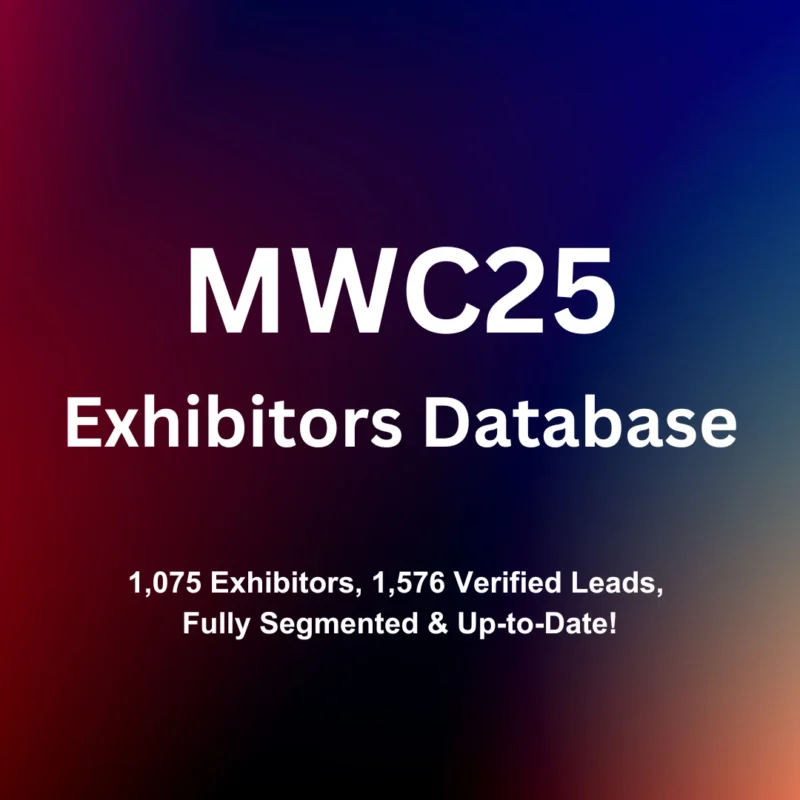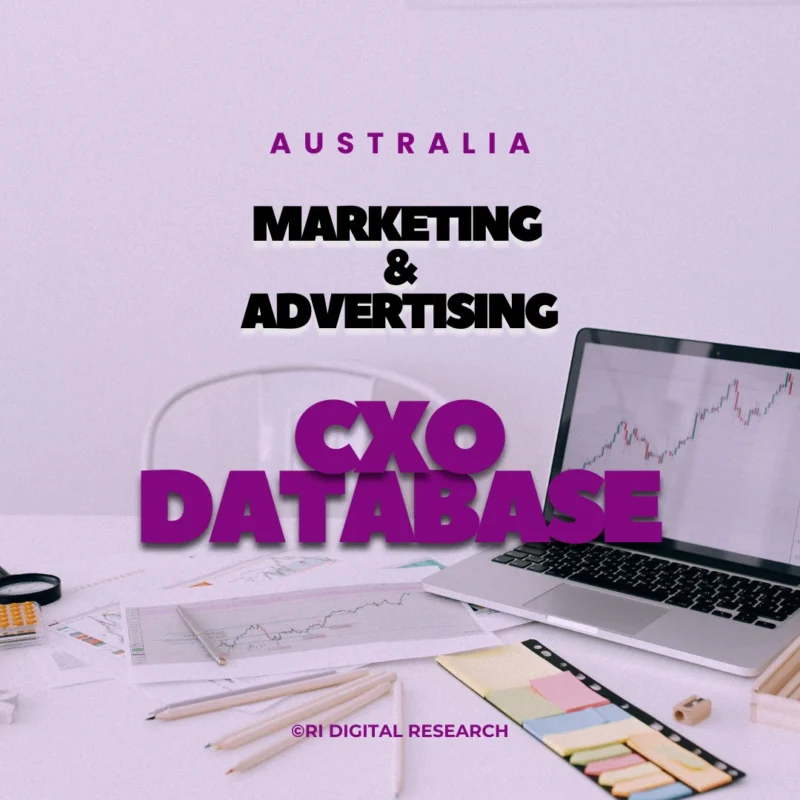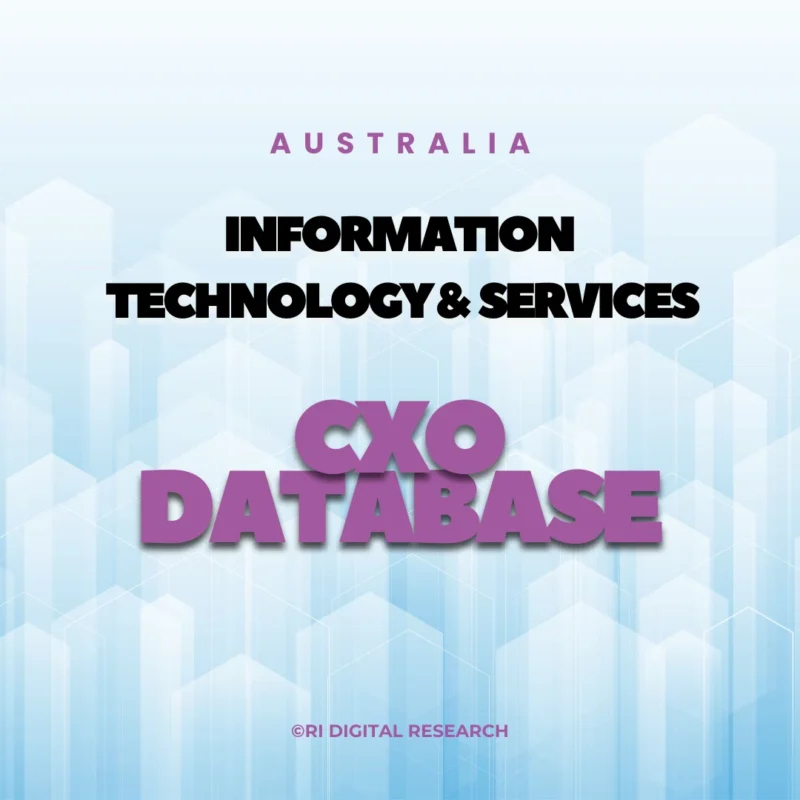In a digital world where 65% of B2B buyers say they only engage with a brand that shows a deep understanding of their needs, it’s clear that the era of spray-and-pray sales tactics is over. Since 2013, RI Digital Research has been on a mission to close the gap between sales effort and actual buyer intent—all through the power of B2B sales data.I’ve been part of this journey for years now, and what we’ve learned goes way beyond spreadsheets and dashboards. It’s about people, timing, and context. This post isn’t a sales pitch. It’s a decade’s worth of real-world insight into what makes B2B sales truly click—and how the right data can unlock incredible results.
Understanding Data Isn’t Enough—Context Is Everything
Early on, we realized that raw contact data wasn’t enough. The most successful sales teams we worked with weren’t just using data to reach buyers—they were using it to understand them.
It took us several iterations to refine what we now call “contextual intent data.” This goes beyond job titles or company size. It’s about knowing when a prospect is actively researching a solution, what topics they care about, and how their behavior signals readiness to engage.
One of our B2B clients in the cloud tech space saw a 47% higher lead-to-opportunity conversion rate just by shifting to campaigns powered by contextual data. That wasn’t magic. It was timing + relevance + insight.
Aligning Sales and Marketing: A Non-Negotiable
Another major lesson? Alignment is fuel for data-driven success. We saw too many companies invest in great sales data only to let it sit idle because marketing wasn’t looped in.
When we started facilitating integrated data delivery between sales and marketing teams, engagement skyrocketed. One client aligned their SDR and demand-gen efforts using our shared intent signals and boosted pipeline velocity by 34% in just one quarter.
We now design every data stream with both teams in mind, helping clients operationalize insights, not just collect them.
It’s Not About More Data. It’s About Better Questions.
Looking back, one of the most surprising truths we uncovered is this: teams don’t need more B2B sales data—they need to ask better questions of it.
When clients come to us asking for lists, we pause. What problem are you trying to solve? What does success look like for your reps? The answers shape everything from the filters we apply to the scoring models we build.
We found that curiosity-driven clients consistently outperform those just chasing volume. One fintech client cut their lead list size in half and doubled meetings booked by getting laser-focused on high-value profiles.
Data Alone Doesn’t Empower Reps. Insights Do.
Sales reps don’t need more reports. They need clarity. They need to know: who should I call today, and why?
That’s why we prioritize data delivery in human-first formats—clean visuals, dynamic alerts, and integrations that meet reps where they work. No one wants another dashboard they have to babysit.
The sales teams that win are the ones who can act faster and smarter. Data is just the beginning. We turn it into real-time nudges that help reps move deals forward with confidence.
The Road Ahead: Precision Over Volume
As we enter our second decade, we’re doubling down on precision. With AI-enhanced intent modeling and predictive scoring, our mission remains the same: empower B2B sales teams to be more relevant, responsive, and results-driven.
To every client who’s trusted us since 2013—thank you. The work we do together keeps sharpening our tools and deepening our insights. If you’re navigating today’s B2B landscape and feel like your sales data could be working harder for you, we should talk.









